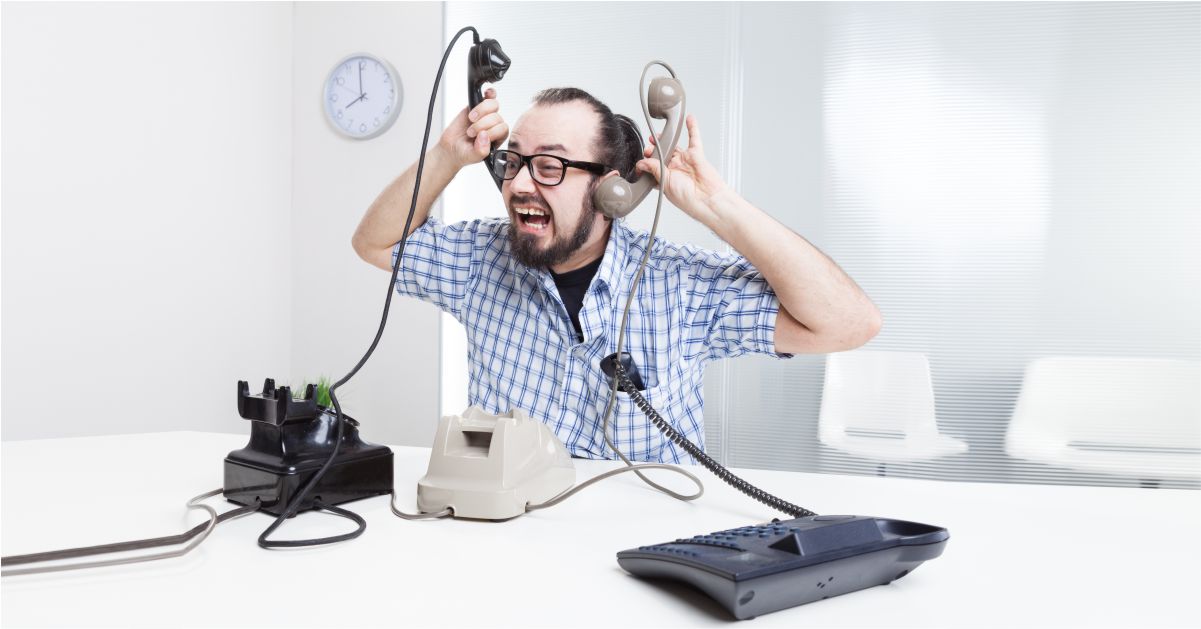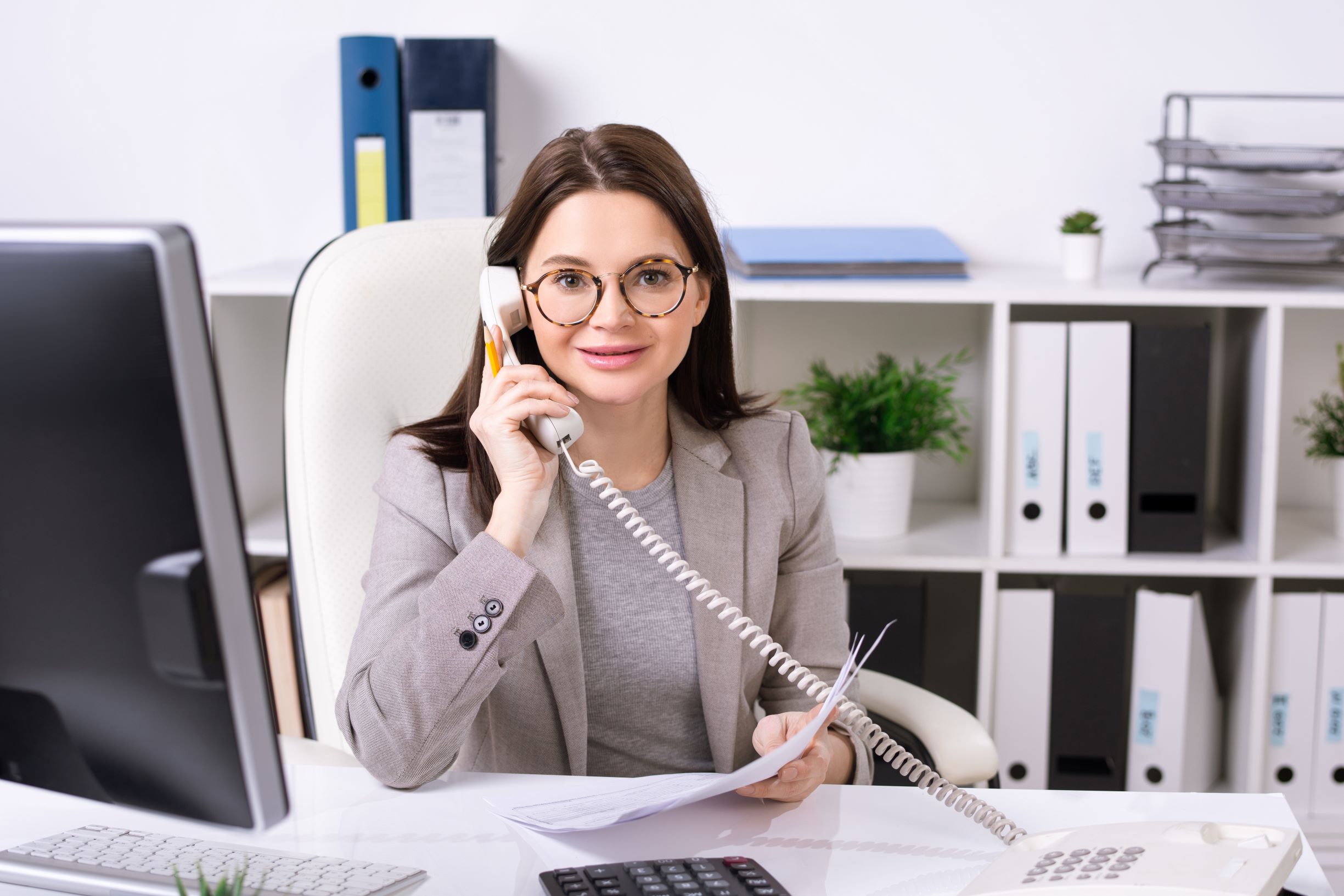All Categories
Featured
Table of Contents
- – When Are Best Temporary Or Short-term Call Answ...
- – Is It Worth Paying For How To Answer The Phone...
- – What Is The Best How Does An Answering Service...
- – What Is The Best The Benefits Of Secretarial ...
- – Which Is The Best Live Call Answering - Virtu...
- – How Much Does Telstra Voice Features & Servi...
When Are Best Temporary Or Short-term Call Answering Services Sales
This gadget and its successors were developed by Sava Jacobson, an electrical engineer with a private consulting company. While early voice mail used magnetic tape innovation, many modern devices uses solid state memory storage; some devices use a combination of both, with a solid-state circuit for the outgoing message and a cassette for the inbound messages.
"toll saving" below) (virtual telephone answering). This is helpful if the owner is screening calls and does not wish to talk to all callers. In any case after going, the calling celebration ought to be informed about the call having been responded to (in many cases this starts the charging), either by some remark of the operator, or by some greeting message of the little bit, or resolved to non-human callers (e.
This holds especially for the TADs with digitally saved welcoming messages or for earlier machines (prior to the increase of microcassettes) with an unique limitless loop tape, separate from a 2nd cassette, dedicated to recording. There have actually been answer-only gadgets with no recording abilities, where the greeting message had to notify callers of a state of existing unattainability, or e (telephone answering service).
Is It Worth Paying For How To Answer The Phone Professionally (With Examples)?
about schedule hours. In recording Little bits the welcoming usually includes an invitation to leave a message "after the beep". A voice mail that uses a microcassette to tape messages On a dual-cassette answerphone, there is an outbound cassette, which after the specified variety of rings plays a pre-recorded message to the caller.

Single-cassette voice mail contain the outgoing message at the start of the tape and incoming messages on the staying space. They first play the announcement, then fast-forward to the next readily available space for recording, then tape the caller's message. If there are numerous previous messages, fast-forwarding through them can cause a substantial delay.
This beep is typically described in the welcoming message, requesting that the caller leave a message "after the beep". Little bits with digital storage for the taped messages do disappoint this hold-up, obviously. A TAD may use a push-button control facility, whereby the answerphone owner can call the house number and, by entering a code on the remote telephone's keypad, can listen to tape-recorded messages, or erase them, even when away from house.
What Is The Best How Does An Answering Service Work? In The World Right Now

Therefore the machine increases the number of rings after which it responds to the call (usually by two, resulting in four rings), if no unread messages are currently stored, but answers after the set variety of rings (normally two) if there are unread messages. This enables the owner to discover whether there are messages waiting; if there are none, the owner can hang up the phone on the, e.
Some machines likewise permit themselves to be from another location activated, if they have been turned off, by calling and letting the phone ring a certain big number of times (normally 10-15). Some company desert calls currently after a smaller number of rings, making remote activation impossible. In the early days of Littles a special transmitter for DTMF tones (dual-tone multi-frequency signalling) was regionally needed for remote control, since the previously utilized pulse dialling is not apt to convey suitable signalling along an active connection, and the dual-tone multi-frequency signalling was executed step-by-step.
Any inbound call is not recognizable with respect to these residential or commercial properties in advance of going "off hook" by the terminal equipment. So after going off hook the calls must be changed to suitable gadgets and just the voice-type is immediately accessible to a human, but maybe, nevertheless must be routed to a TAD (e.
What Is The Best The Benefits Of Secretarial And Telephone Answering ... Company
What if I told you that you do not need to actually get your device when answering a client call? Somebody else will. So hassle-free, best? Responding to telephone call doesn't need someone to be on the other end of the line. Efficient automated phone systems can do the technique just as efficiently as a live representative and often even much better.
An automated answering service or interactive voice action system is a phone system that communicates with callers without a live person on the line - answer phone service. When business use this innovation, consumers can get the answer to a concern about your business just by utilizing interactions established on a pre-programmed call flow.
Although live operators upgrade the client service experience, many calls do not require human interaction. A basic recorded message or guidelines on how a consumer can obtain a piece of info usually resolves a caller's instant requirement - phone answering. Automated answering services are a simple and efficient way to direct incoming calls to the ideal person.
Which Is The Best Live Call Answering - Virtual Reception Company?
Notification that when you call a company, either for support or item questions, the very first thing you will hear is a pre-recorded voice greeting and a series of choices like press 1 for client service, press 2 for inquiries, and so on. The pre-recorded options branch out to other choices depending on the consumer's selection.
The phone tree system assists direct callers to the right individual or department utilizing the keypad on a cellphone. In some instances, callers can use their voices. It deserves keeping in mind that auto-attendant choices aren't restricted to the ten numbers on a phone's keypad. When the caller has picked their very first choice, you can design a multi-level auto-attendant that uses sub-menus to direct the caller to the right kind of support.
The caller does not have to interact with a person if the auto-attendant phone system can handle their issue. The automatic service can path callers to a staff member if they reach a "dead end" and need support from a live representative. It is costly to work with an operator or executive assistant.
How Much Does Telstra Voice Features & Services - Home Phone Service Cost?
Automated answering services, on the other hand, are considerably less costly and supply significant cost savings at approximately $200-$420/month. Even if you don't have actually dedicated staff to handle call routing and management, an automated answering service enhances efficiency by allowing your group to focus on their strengths so they can more effectively invest their time on the phone.
A sales lead routed to client service is a lost shot. If a customer who has product concerns reaches the wrong department or gets incomplete answers from well-meaning staff members who are less trained to deal with a particular kind of question, it can be a reason for frustration and dissatisfaction. An automated answering system can lessen the number of misrouted calls, consequently assisting your employees make better usage of their phone time while freeing up time in their calendar for other tasks.
With Automated Answering Systems, you can produce a customized experience for both your personnel and your callers. Make a recording of your main greeting, and simply update it regularly to show what is going on in your organization. You can develop as many departments or menu alternatives as you want.
Table of Contents
- – When Are Best Temporary Or Short-term Call Answ...
- – Is It Worth Paying For How To Answer The Phone...
- – What Is The Best How Does An Answering Service...
- – What Is The Best The Benefits Of Secretarial ...
- – Which Is The Best Live Call Answering - Virtu...
- – How Much Does Telstra Voice Features & Servi...
Latest Posts
Affordable Answering Service – Sydney 2150
Top-Tier Remote Receptionist with Elite Features
Most Affordable 24/7 Answering Service
More
Latest Posts
Affordable Answering Service – Sydney 2150
Top-Tier Remote Receptionist with Elite Features
Most Affordable 24/7 Answering Service